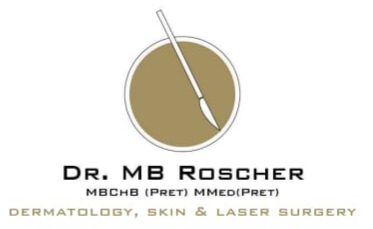Skin cancer can be divided into 2 major categories. These are melanoma and non-melanoma.
Melanoma is a potentially life-threatening and aggressive cancer. The good news is that if detected and treated early it can be cured. Its progression, however, is faster than other types of skin cancer, spreading beyond the skin and affecting other parts of the body like bones or the brain. This highlights the need to be vigilant when checking skin for changes and having annual dermatologist screenings.
Melanoma can begin in either highly pigmented (like birthmarks) or normally pigmented skin. Whilst it is most common for it to appear on the chest or back, it can also be found on the palm of the hand, soles of the feet, under a finger or toe nail, in the mucous linings of the mouth, vagina or anus and in the eyes.
Infrequent by excessive sun exposure that cause severe sunburn is associated with Melanoma. One blistering sunburn in childhood can double the risk of developing melanoma later on in life.
Follow the ABC’s and protect yourself and your family.
Asymmetry
One half unlike the other half.
Border
Irregular, scalloped or poorly defined border.
Colour
Varied from one area to another, shades of tan and brown, black, sometimes white, red or blue.
Diameter
While melanomas are usually greater than 6mm diameter (the size of a pencil eraser) when diagnosed, they can be smaller. If you notice a mole different from others, or which changes, itches, or bleeds (even if its small) you should see a dermatologist.
